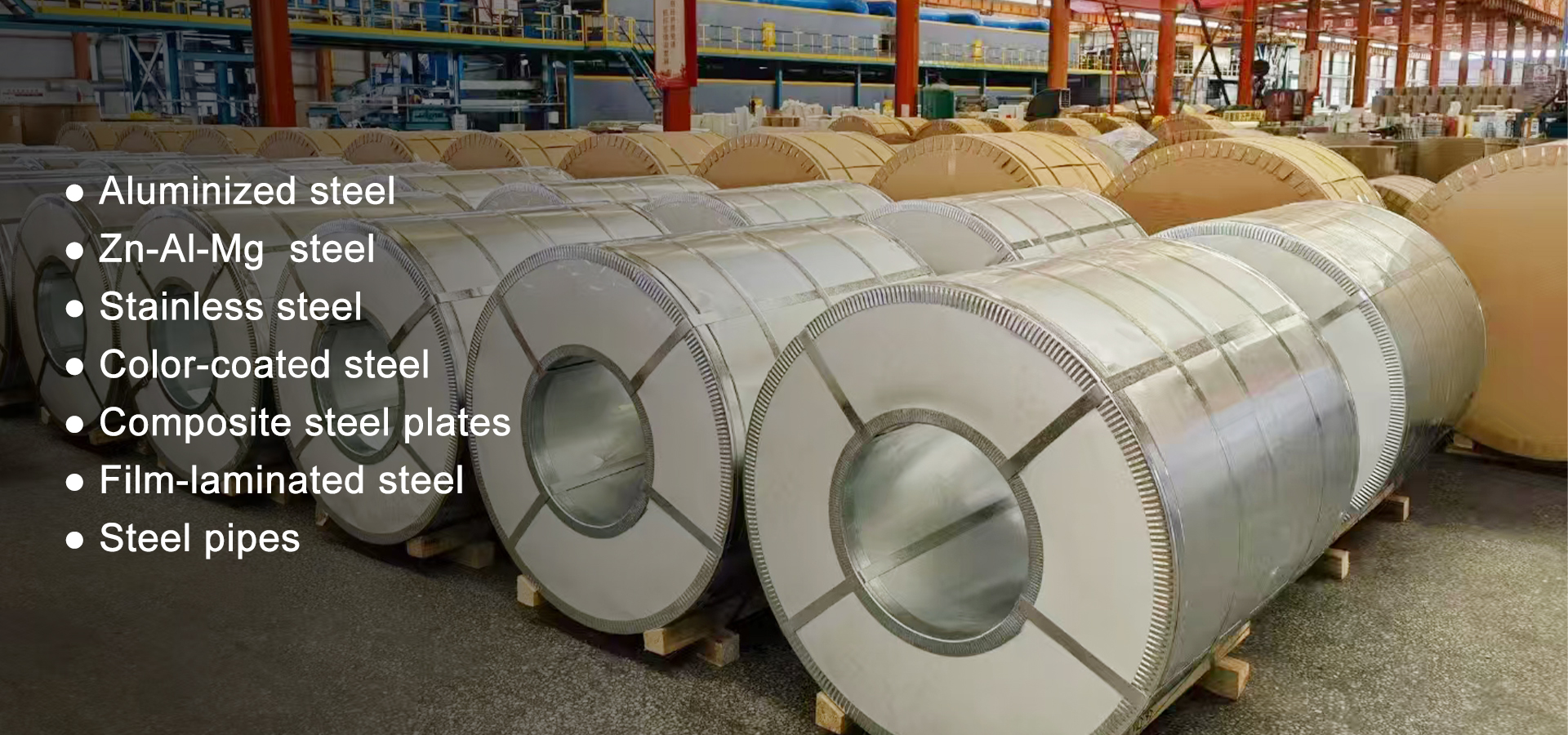When choosing materials for industrial, automotive, or household applications, two common options are aluminized steel and stainless steel. While they may look similar at first glance, they differ significantly in terms of composition, properties, cost, and applications. Understanding these differences can help you select the right material for your specific needs.
1. Composition
Aluminized Steel
Aluminized steel is carbon steel coated with an aluminum-silicon alloy through a hot-dip process. This coating provides excellent heat resistance and corrosion protection.Stainless Steel
Stainless steel is an alloy of iron, chromium (minimum 10.5%), and other elements like nickel or molybdenum. It is resistant to rust because the chromium forms a passive layer that prevents oxidation.
2. Corrosion Resistance
Aluminized Steel
Offers good corrosion resistance, especially in high-temperature environments. However, if the aluminum coating is scratched or damaged, the underlying steel can rust.Stainless Steel
Has superior corrosion resistance compared to aluminized steel, even in harsh or humid environments. It's ideal for outdoor and marine use.
3. Heat Resistance
Aluminized Steel
Can withstand temperatures up to 650°C (1200°F) without losing its structural integrity. This makes it a popular choice for automotive exhaust systems and ovens.Stainless Steel
Also offers excellent heat resistance, particularly in high-nickel grades, and retains strength and appearance at high temperatures.
4. Strength and Durability
Aluminized Steel
Offers decent strength, but the coating can wear off over time under mechanical stress or exposure to chemicals.Stainless Steel
Known for its high strength, durability, and long lifespan, even in corrosive or abrasive environments.
5. Aesthetics
Aluminized Steel
Has a shiny, matte aluminum appearance but can lose its finish when exposed to weather or heat over time.Stainless Steel
Maintains a sleek, polished look and is often chosen for visible or design-oriented applications like kitchen appliances or architectural features.
6. Cost
Aluminized Steel
Generally more affordable than stainless steel. It's a cost-effective choice for applications where extreme corrosion resistance is not required.Stainless Steel
More expensive, but the investment pays off in long-term durability and low maintenance.
7. Applications
| Use Case | Aluminized Steel | Stainless Steel |
|---|---|---|
| Automotive exhausts | ✔️ Commonly used | ✔️ Used in performance or premium parts |
| Kitchen appliances | ❌ Less common | ✔️ Widely used |
| Industrial equipment | ✔️ Heat-resistant parts | ✔️ Corrosion-resistant structures |
| Roofing and ductwork | ✔️ Cost-effective | ❌ Less common due to higher cost |
| Food processing | ❌ Not food-safe | ✔️ Meets sanitary standards |
Conclusion
While both aluminized steel and stainless steel have their strengths, the choice depends on your specific application, environmental exposure, and budget. Choose aluminized steel for its affordability and heat resistance, and stainless steel for long-term durability and superior corrosion resistance.
Need Help Choosing the Right Material?
Contact our materials expert today for a free consultation!
Email:mesco@mescogroup.com.cn

